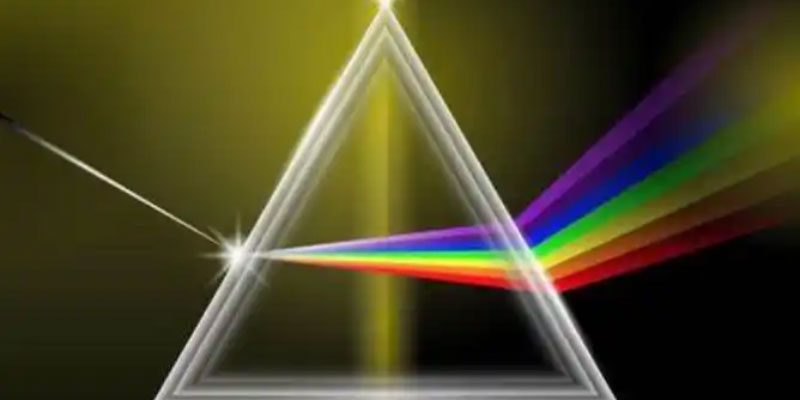
1. Background
A ball lens, sometimes called ball lenses is a lens that has a spherical geometrical structure. It originated from the desire to improve high efficiency in light transmission within optical system. The traditional flat lenses create reflection and refraction in light transmission, leading to the loss of light. Spherical lenses however, due to their unique design will reduce reflectance and the refraction. They also enhance the effectiveness in light transmission.

2. Related Theory or Principle
The principle behind a Spherical lenses is primarily based on two principles of optics, reflection and refraction. If light travels through a spherical lens because of the spherical design that the lens has, light will be refracted within the lens, thereby changing the direction of its propagation. In addition the spherical design of the lens may also decrease reflection of light and increase the effectiveness in light transmission. The exact process of light transmission can be determined by Snell’s law.
3. Important Parameters
The most important aspects of a spherical lenses comprise of the focal length, diameter and the refractive index, as well as the its transmittance. The focal length and diameter and refractive index of a lens are the key factors that determine its performance. refractive index is the determinant of the speed at which light travels inside the lens, while the transmittance is a measure of performance of light transmission by the lens.
4. Applications

Spherical lenses are extensively used in optical systems like fiber optic communications lasers, optical measurement and many other areas. In fiber optic communications the use of spherical lenses is used to enhance the efficiency of light transmission in optical fibers. In lasers, spherical lens can be used to modify the direction of radiation of laser beams. In optical measurements, spherical lenses are used to enhance the accuracy of measurements.
5. Classification
Based on the type of material and shape lenses, spherical lenses may be classified in glass ball lens as well as plastic ball lenses. Depending on their focal length. it is possible to divide them into short ball lenses with a focal length of up to a certain distance and long ball lenses with a focal length of.
6. Future development trend
With the advancement of optics technology, use of spherical lens applications will expand. In the near future the lenses of spherical optics could have a larger role to play in the field of micro-optical systems and biomedicine and quantum communications. While at the same time manufacturing technology for spherical lenses will continue to be developed to enhance the optical quality and manufacturing effectiveness of lenses.
optlenses
Related posts
What is the group velocity dispersion?
Cylinder Lens:The Function and Application Areas
What is The Interferometers?
Dichroic Mirror: A Reliable Assistant in Gemstone Identification



